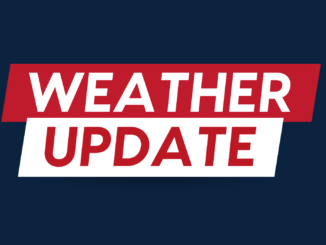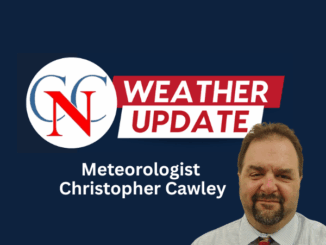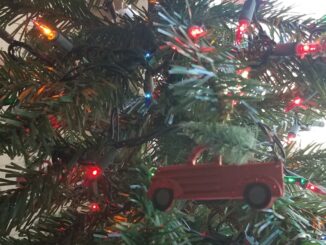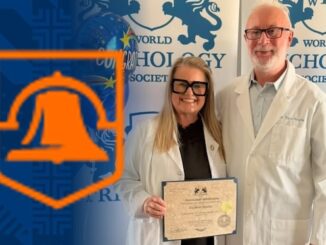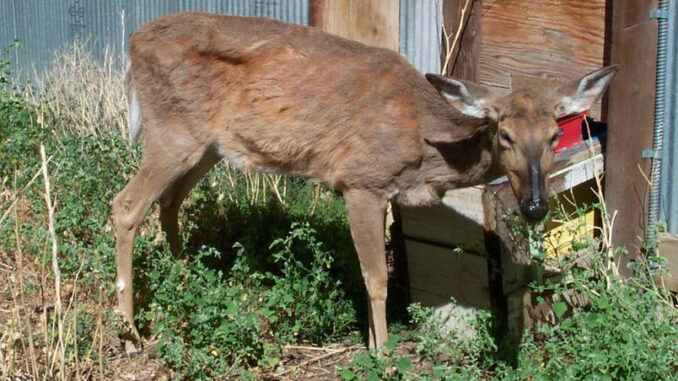
The state will not extend the primary and secondary Chronic Wasting Disease (CWD) observation areas for the upcoming deer seasons.
Ten new cases of CWD were confirmed over the past year, the Wildlife Resources Commission (WRC) said this morning. A total of 34 cases of CWD have been found in the state since 2022.
CWD affects the nervous systems and brains of deer, elk, moose and other cervids. It is similar to bovine spongiform encephalitis, commonly called “mad cow disease,” but has not been proven to spread to humans like BSE. The disease is highly contagious, and has decimated deer herds in multiple states.
When CWD was found in a whitetail deer in Yadkin County, the state immediately cracked down on transportation of deer and deer carcasses from the immediate area. Since then documented cases have been found in Cumberland, Stokes, Surry, Wilkes and Yadkin counties. Secondary observation areas were set up in Alexander, Alleghany, Ashe, Bladen, Davie, Forsyth, Guilford, Harnett, Hoke, Iredell, Robeson, Rockingham and Sampson to monitor possible spread.
“The additional positive deer were not found in any new counties during the 2024-25 deer hunting season,” said April Pope, a whitetail biologist with the WRC. “No counties have been added to the primary or secondary surveillance areas. With the number of positive deer remaining relatively low, we can still make a difference and slow the spread of CWD in North Carolina.”
Hunters, Cervid Health Cooperators, and WRC staff collected 23,000 samples during the 2024-25 deer season. Voluntary sampling has prevented the state from implementing wider mandatory sample protocols, Pope explained.
Continued voluntary testing will allow us to monitor CWD within the state and allow hunters the option to have their deer tested.”
Hunter who harvest deer in the primary and secondary areas may have their animals tested at any of the self-service drop-off freezers maintained by the WRC, as well as processors and taxidermists who are part of the cooperators program. The deer’s head should be bagged and placed in the freezer with a completed data tag.
NCWRC reminds the public that, within surveillance area counties, it continues to be illegal to:
· Transport fawns for rehabilitation. CWD can easily spread to new areas whenever infected deer are transported by people. Fawns can be infected with CWD by their mother even before birth and not show any visible signs of illness until the late stages of disease.
· Place new salt or minerals in existing mineral lick sites or to establish new mineral lick sites. Soil and vegetation surrounding mineral sites can be contaminated by feces, urine, and saliva that contains infectious CWD prions. Once CWD prions are present in the environment they are practically impossible to remove or destroy.
· Put out bait, food or food products to purposefully congregate wildlife from Jan. 2 through Aug. 31 of each year. Artificially congregating wildlife increases the risk of disease transmission.
· Transport whole cervid carcasses, or meat that has not been boned out or includes brain or spinal tissue, from primary surveillance areas into secondary surveillance areas, or from secondary surveillance areas into the rest of the state. Caped hides, finished taxidermy products, boned out meat and cleaned antlers, skull plates, skulls and lower jawbones are all allowed to be transported anywhere in the state. Transporting whole cervid carcasses or unclean products can unintentionally spread CWD into new areas.
All CWD information will be published in the 2025-26 Inland Fishing, Hunting and Trapping Regulations Digest in August and posted on ncwildlife.gov/CWD.
-30-





